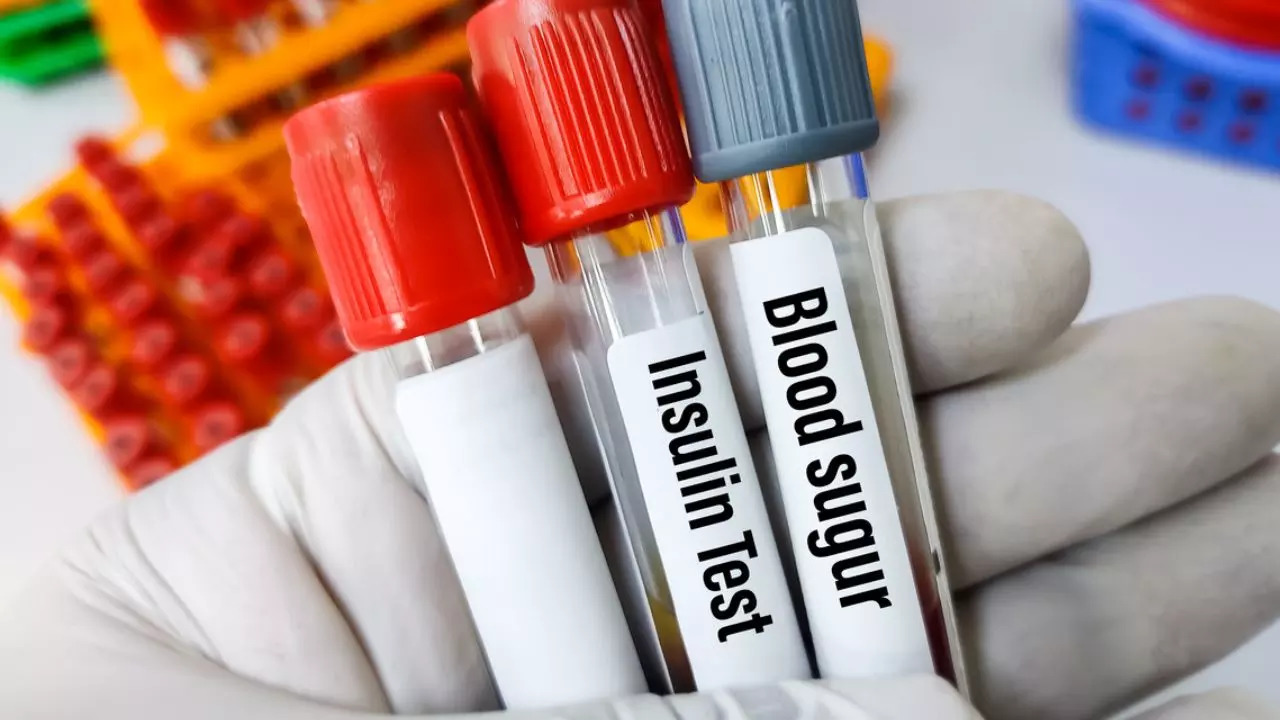
Researchers found that microplastics entering the body of a toddler can compromise immunity a great deal in the long run. These are often as little as 5mm in size and they usually contaminate bottled water, fish, seafood, and beer. New Delhi: Microplastics have found a way into our food and that has been known for a long time now.
From beaches to oceans to now even the carpets of our homes. According to scientists, it is a warning sign as these small pieces of debris can enter the body of toddlers only to cause irreversible and unimaginable damage in the long run. The study, led by Birmingham University, evaluated the many sources of microplastics around us, and samples were taken from 30 homes and workplaces.

It was found that 60% of the particles found in fibres were found in household fabrics, textiles, and carpets. Toddlers are far more likely to inhale these than adults and this can pose a risk to the nervous and immune system. Researchers found that microplastics entering the body of a toddler can compromise immunity a great deal in the long run.
These are often as little as 5mm in size and they usually contaminate bottled water, fish, seafood, and beer. In 2023, the WHO stated that there is limited evidence of its impact on health. This also includes a 2024 Harvard University that found a link between microplastics and the risk of stroke and heart attack.
Researchers at Harvard University also noted that upon removing the neck arteries of 257 participants, tiny particles of plastic. Most of these were polyethylene, but also polyvinyl chloride, and that was found in 58% of people. After approximately three years, the rate of stroke, heart attack, and death was 4.
5 times higher in people who had microplastics in their plaque than those who did not have it in the first place. The Birmingham team also found that there are knowledge gaps in scientific understanding of microplastics. Microplastics also can absorb toxic chemicals from the environment, including heavy metals and organic pollutants.
Studies have found that humans can absorb microplastics as small as <50 μm or less and these can enter the bloodstream, tissues, liver, lungs, colon, ovaries and testes. What are the sources of microplastics? Some of the most common sources of microplastics are: Click for more latest Health news . Also get top headlines and latest news from India and around the world at News9.
.













